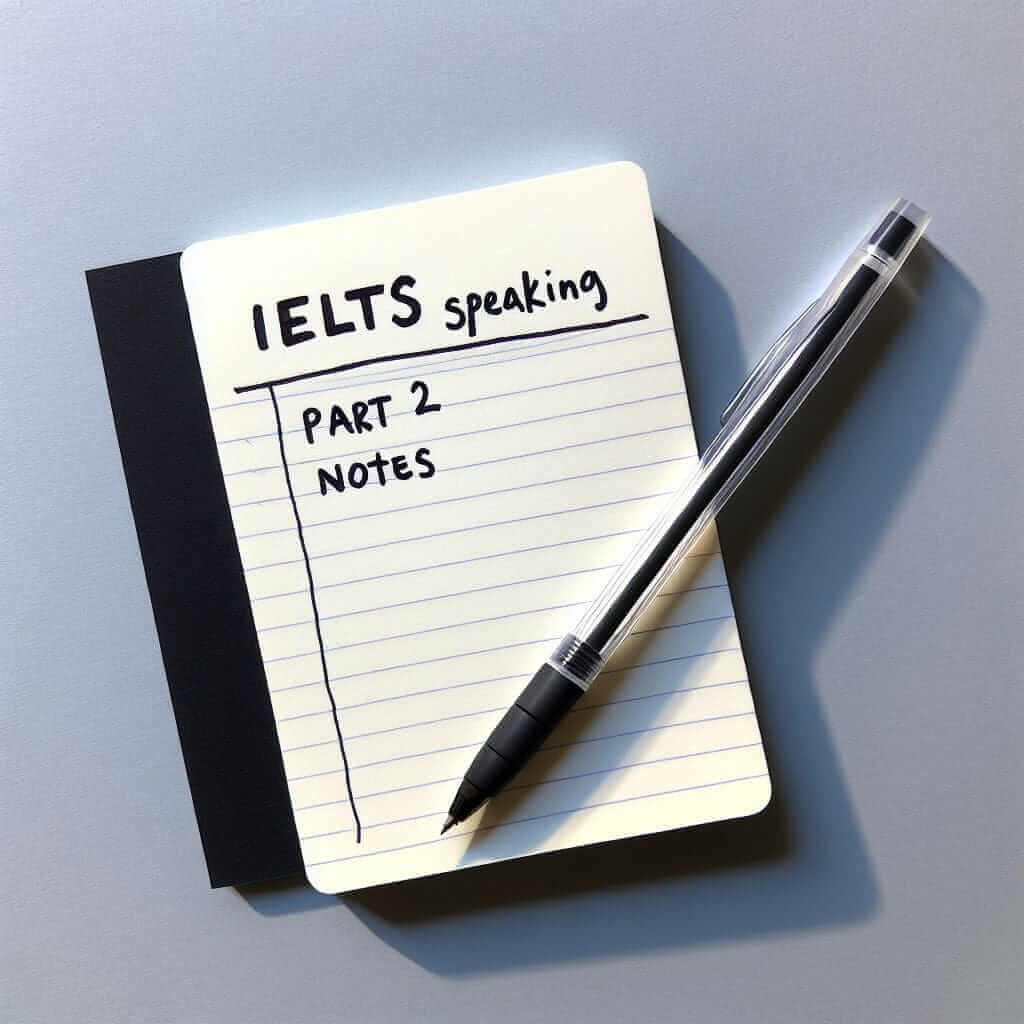Introduction
Choosing how to take the IELTS exam – on paper or on a computer – is a crucial decision for test-takers. While both formats assess the same skills, they cater to different preferences and learning styles. This article will delve into the paper-based IELTS, exploring its advantages, disadvantages, and key considerations to help you decide if it’s the right fit for you.
Nội dung bài viết
- Introduction
- Understanding the Paper-Based IELTS
- Advantages of Taking IELTS on Paper
- Familiarity and Comfort:
- Note-Taking Flexibility:
- Visual Learners’ Preference:
- Disadvantages of Taking IELTS on Paper
- Handwriting Concerns:
- Time Management:
- Limited Technological Advantages:
- Making the Decision: Key Considerations
- Personal Learning Style:
- Handwriting and Speed:
- Technological Comfort:
- Conclusion
Understanding the Paper-Based IELTS
The paper-based IELTS follows a traditional exam format, where you’ll receive physical question papers and answer booklets. You’ll use a pencil for the Listening, Reading, and Writing sections, while the Speaking test remains a face-to-face interview with a certified examiner.
 Paper-Based IELTS Test Format
Paper-Based IELTS Test Format
Advantages of Taking IELTS on Paper
Familiarity and Comfort:
Many test-takers find solace in the familiarity of pen and paper. This format can be less intimidating, especially if you’re accustomed to traditional testing environments.
Note-Taking Flexibility:
Paper-based IELTS allows you to jot down notes directly on the question papers, facilitating brainstorming, idea organization, and quick calculations during the Reading and Listening sections.
Visual Learners’ Preference:
Some individuals learn and process information better when they can physically interact with the text, underline keywords, and visually map out their thoughts, making paper-based IELTS a suitable choice.
Disadvantages of Taking IELTS on Paper
Handwriting Concerns:
If you have illegible handwriting, the paper-based format might pose challenges in conveying your answers clearly to the examiners, potentially impacting your scores.
Time Management:
Transferring answers from the question paper to the answer sheet can be time-consuming in the paper-based IELTS, demanding efficient time management skills.
Limited Technological Advantages:
Unlike the computer-based test, the paper-based version lacks features like word count for essays or the ability to easily edit or re-order text.
Making the Decision: Key Considerations
Personal Learning Style:
Reflect on your learning preferences. Do you prefer the tactile experience of writing or feel more confident typing on a computer?
Handwriting and Speed:
Assess your handwriting legibility and writing speed. Can you present neat and clear answers within the allocated time?
Technological Comfort:
Consider your comfort level with computers. Are you confident in using a keyboard and navigating digital interfaces under pressure?
Conclusion
The choice between paper-based and computer-delivered IELTS ultimately depends on your individual needs and preferences. By carefully weighing the advantages and disadvantages outlined above, understanding your learning style, and considering your strengths and weaknesses, you can confidently decide which format will allow you to perform at your best on test day. Remember, both versions assess the same skills, so focus on what makes you feel most comfortable and confident.


